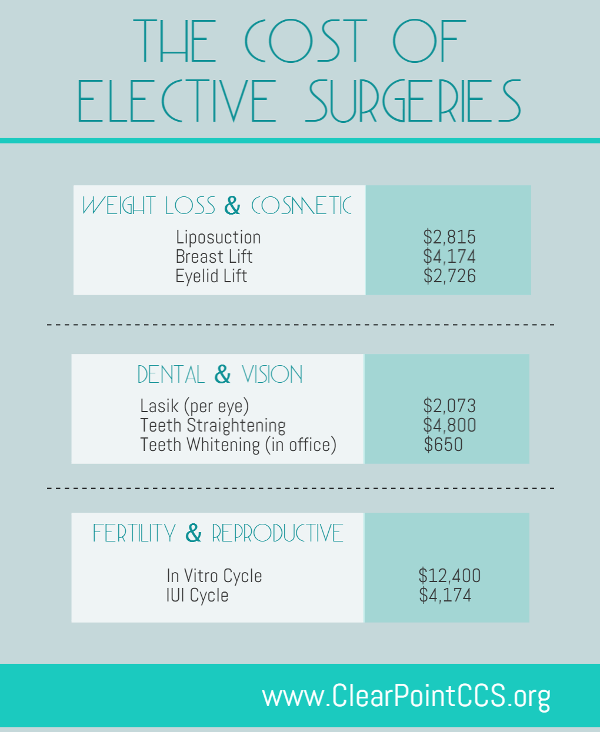Benzoyl peroxide eliminates microorganisms that cause acne and helps remove excess oil. It likewise aids lower the look of dark places that linger after pimples clear.
Skip components that block pores, like mineral oils, and select moistening active ingredients that aid smooth skin. Look for these four ideal anti-acne active ingredients.
Willow Bark Extract
Willow bark essence is a natural resource of salicylic acid. When utilized at aesthetic focus, it can create a comparable result as artificial salicylic acid without its downsides (mainly irritation).
The extract includes prodrug salicin, which is swiftly metabolized to the energetic substance, acetylsalicylate. Its anti-inflammatory and analgesic results originate from this metabolite, along with various other chemical components of the plant such as phenolic acids, flavonoids, and polyphenols.
It likewise has sedative residential properties, that make it reliable in dealing with persistent discomfort and rheumatic problems such as osteo arthritis. Nevertheless, due to the fact that it has chemicals that mimic aspirin, individuals that have a known hatred pain killers must stay clear of willow bark supplements. It can also interact with a number of medications, consisting of pain killers and various other nonsteroidal anti-inflammatory medicines (NSAIDs) and cyclooxygenase preventions, such as advil (Advil, Motrin), and might boost the danger of belly blood loss. It can likewise communicate with some diuretics (water pills) and can enhance blood levels of certain drugs, such as phenytoin (Dilantin).
Kaolin
Lengthy prior to AHAs, BHAs and many various other components, appeal lovers turned to one of the most effective active ingredients to aid stop breakouts: kaolin. Kaolin clay is naturally adsorbent, which helps to draw excess oil and contaminations from skin. It is utilized in makeup, cosmetics, health club body therapies, and as a gentle abrasive in tooth paste. It's likewise used in veterinary medical items to treat gastrointestinal issues and in plasters for dealing with wounds.
This mineral clay can be white, yellow, pink or red (red kaolin indicates a high focus of iron oxide) and is commonly mixed with green tea entrusts to create a calming face mask. It can likewise be found in face cleansers and is especially helpful for those with mix or oily skin.
Geige suggests searching for basic formulas without pore-clogging ingredients, such as alcohol, which can cause your skin to overproduce oil in an effort to compensate, resulting in breakouts. Instead, seek a product that contains fatty alcohols like cetyl or shea, as these are much less drying out.
Sodium Ascorbyl Phosphate (Vitamin C).
Salt Ascorbyl Phosphate (or SAP, for short) is the "badass natural acne treatment" no person's discussing. It's a water-soluble type of Vitamin C that can be used in greater focus than its older brother, L-Ascorbic Acid, without becoming unpredictable or oxidizing rapidly.
Study reveals that it has antioxidant residential properties and can help reduce staining. It can likewise be effective at rebalancing sebum manufacturing and combating acne-causing microorganisms.
Professionals agree that skin with acne must be treated with ingredients that both scrub and calm. Search for items that include alpha and beta hydroxy acids (AHAs) to break down dead skin cells and unblock pores, in addition to anti-inflammatory ingredients like niacinamide. Additionally, search for oil-free, non-comedogenic creams that don't obstruct pores. You'll also intend to integrate active ingredients that are effective at eliminating germs, such as zinc sulphate and benzoyl peroxide. Last but not least, don't make use of components which contain occlusive agents, such as dimethicone and dysport cyclomethicone, which can develop a greasy movie on the skin and clog pores.
Aloe Vera.
There are a handful of medically proven active ingredients-- like salicylic acid, benzoyl peroxide, retinoids and niacinamide-- that have been revealed to help deal with acne by unclogging pores, killing germs, controlling oil and accelerating skin cell turn over. More all-natural options like tea tree oil and aloe vera likewise have antimicrobial, anti-inflammatory and soothing homes.
Called the 'plant of eternal life,' Aloe vera is a deep environment-friendly cactus-like plant that contains a gel inside its fallen leaves and can be found in sunburn treatments, aesthetic products and tonics that advertise gastrointestinal health and wellness. Yet the plant is also renowned for its medicinal and medical residential or commercial properties, and researchers at the Royal Botanic Gardens in southwest London are examining its lots of claimed restorative benefits-- consisting of the anti-inflammatory residential or commercial property of the gel inside the fallen leave, the capacity to regulate blood glucose and cholesterol degrees and its role as an efficient melt wound healer. They are likewise diving into the plant's evolutionary background to determine what other plants it may be very closely related to that might share several of its useful homes.
